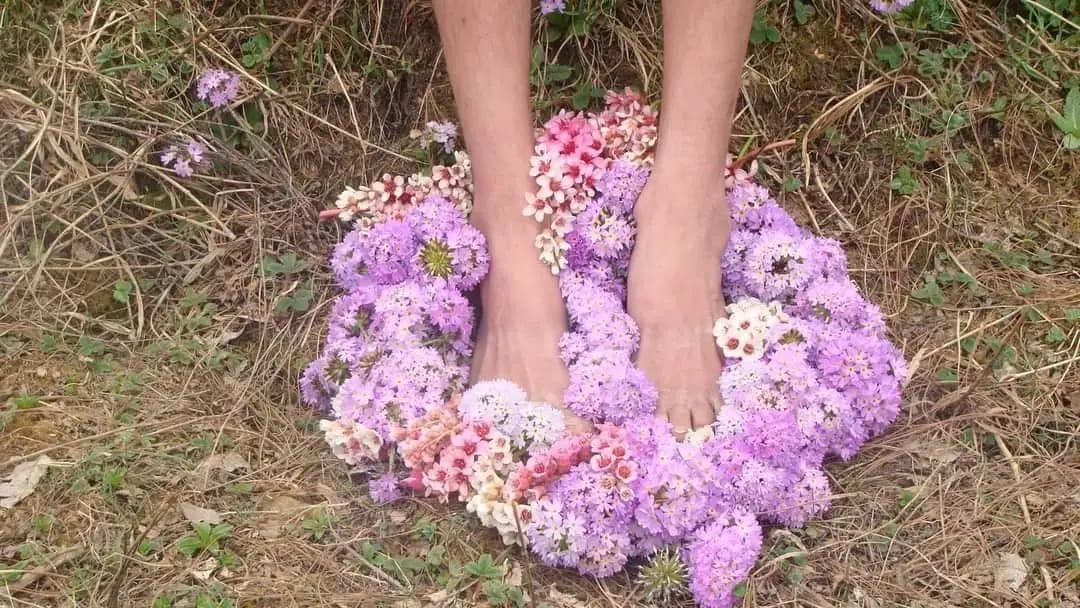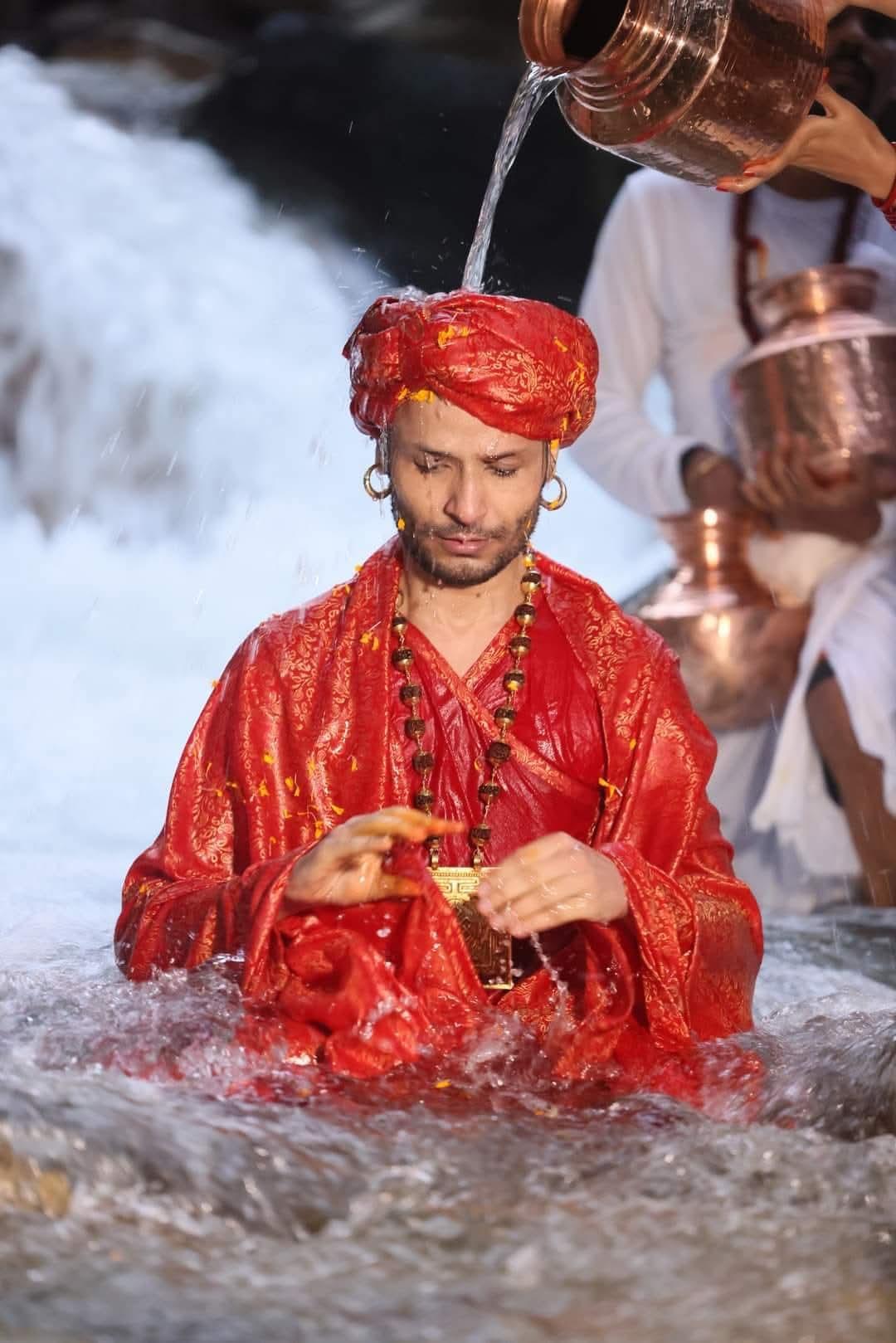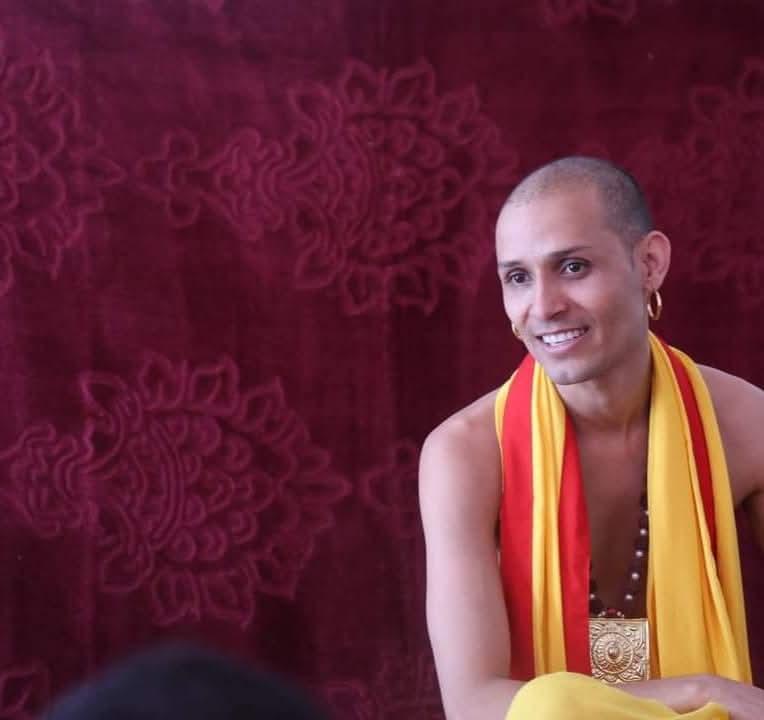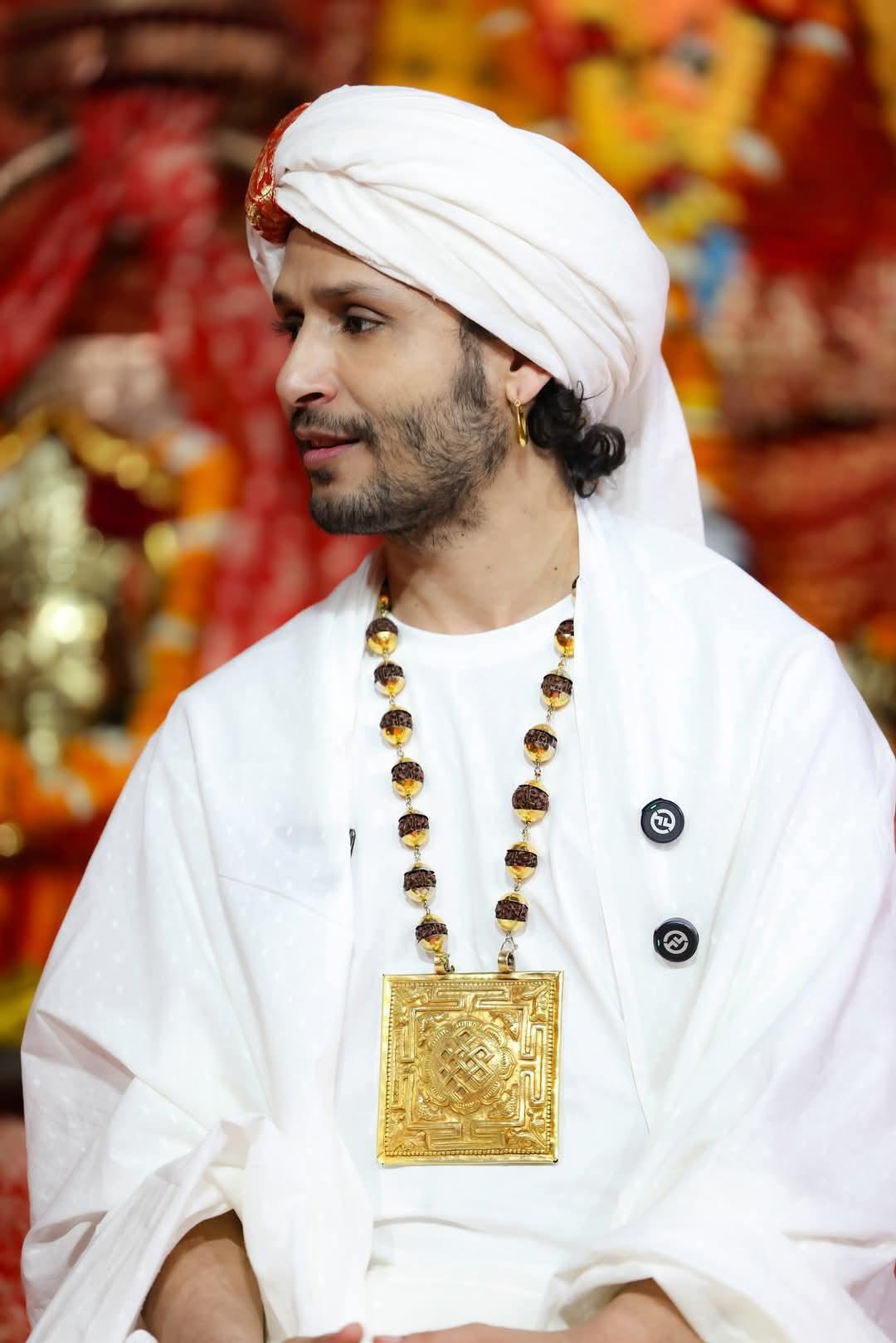Sambhala Samrajya Diwas is celebrated every year on the auspicious occasion of Sharad Purnima, marking the divine appearance of Maa Kurukulla Bhagwati, a radiant and powerful form of Devi Parvati. According to the ancient Siddha Dharma tradition, there came a time when Devi Parvati expressed her wish to attain supreme knowledge. Lord Shiva, smiling compassionately, reminded her that all wisdom already resided within her, for she herself is the embodiment of divine knowledge. Yet, acknowledging her sacred play, Shiva agreed to impart the ultimate wisdom, saying that to truly receive and assimilate this profound knowledge, she must first manifest in her Kurukulla form—the aspect of the Goddess who governs knowledge, attraction, and siddhi (spiritual accomplishment). Thus, on the full moon night of Sharad Purnima, Devi Parvati manifested as Maa Kurukulla Bhagwati, glowing with divine brilliance.
To bestow this sacred knowledge upon her, Lord Shiva manifested as Swachchhand Bhairava, the free and boundless aspect of Mahadeva, and created the divine realm of Sambhala Lok. Within this mystical and sacred domain, Lord Shiva transmitted the complete and eternal wisdom of Siddha Dharma to Maa Kurukulla. This sacred transmission marked the beginning of the Siddha Dharma Parampara, the lineage of enlightened knowledge that has since flowed unbroken through the ages. After receiving the wisdom, Maa Kurukulla created various Kulas (spiritual lineages), each embodying unique streams of knowledge. These teachings were received and preserved by the Mahasiddhas, ensuring the continuation and protection of Siddha Dharma through countless generations.
Within the revered Kaulantak Peeth, Sambhala Samrajya Diwas is regarded as one of the most sacred and auspicious days of the year. On this day, all Bhairavas and Bhairavis, the dedicated disciples and followers of Kaulantak Nath, come together to perform special worship and rituals in honor of Maa Kurukulla Bhagwati. The celebrations culminate in the Kala Pradarshan, a sacred performance of art, dance, and music that symbolizes the creative expression of divine energy. The day is not merely a festival but a spiritual remembrance—an invocation of the moment when eternal wisdom descended into the universe and when the Goddess herself became the vessel of divine knowledge. Sambhala Samrajya Diwas thus stands as a celebration of the eternal unity of Shiva and Shakti, the harmony of knowledge and devotion, and the timeless flow of divine wisdom through the sacred Siddha tradition.
Part -3
#siddhadharma #sambhala #sambhalasamrajya #jaisambhalasamrajya #ishaputra #mahasiddha #kaulantakpeeth #kulantpeeth #kaulantaknath #MahayogiSatyendraNath #kurukulla #Shiva #himalayansiddhatraditionSambhala Samrajya Diwas is celebrated every year on the auspicious occasion of Sharad Purnima, marking the divine appearance of Maa Kurukulla Bhagwati, a radiant and powerful form of Devi Parvati. According to the ancient Siddha Dharma tradition, there came a time when Devi Parvati expressed her wish to attain supreme knowledge. Lord Shiva, smiling compassionately, reminded her that all wisdom already resided within her, for she herself is the embodiment of divine knowledge. Yet, acknowledging her sacred play, Shiva agreed to impart the ultimate wisdom, saying that to truly receive and assimilate this profound knowledge, she must first manifest in her Kurukulla form—the aspect of the Goddess who governs knowledge, attraction, and siddhi (spiritual accomplishment). Thus, on the full moon night of Sharad Purnima, Devi Parvati manifested as Maa Kurukulla Bhagwati, glowing with divine brilliance.
To bestow this sacred knowledge upon her, Lord Shiva manifested as Swachchhand Bhairava, the free and boundless aspect of Mahadeva, and created the divine realm of Sambhala Lok. Within this mystical and sacred domain, Lord Shiva transmitted the complete and eternal wisdom of Siddha Dharma to Maa Kurukulla. This sacred transmission marked the beginning of the Siddha Dharma Parampara, the lineage of enlightened knowledge that has since flowed unbroken through the ages. After receiving the wisdom, Maa Kurukulla created various Kulas (spiritual lineages), each embodying unique streams of knowledge. These teachings were received and preserved by the Mahasiddhas, ensuring the continuation and protection of Siddha Dharma through countless generations.
Within the revered Kaulantak Peeth, Sambhala Samrajya Diwas is regarded as one of the most sacred and auspicious days of the year. On this day, all Bhairavas and Bhairavis, the dedicated disciples and followers of Kaulantak Nath, come together to perform special worship and rituals in honor of Maa Kurukulla Bhagwati. The celebrations culminate in the Kala Pradarshan, a sacred performance of art, dance, and music that symbolizes the creative expression of divine energy. The day is not merely a festival but a spiritual remembrance—an invocation of the moment when eternal wisdom descended into the universe and when the Goddess herself became the vessel of divine knowledge. Sambhala Samrajya Diwas thus stands as a celebration of the eternal unity of Shiva and Shakti, the harmony of knowledge and devotion, and the timeless flow of divine wisdom through the sacred Siddha tradition.
Part -3
#siddhadharma #sambhala #sambhalasamrajya #jaisambhalasamrajya #ishaputra #mahasiddha #kaulantakpeeth #kulantpeeth #kaulantaknath #MahayogiSatyendraNath #kurukulla #Shiva #himalayansiddhatradition












